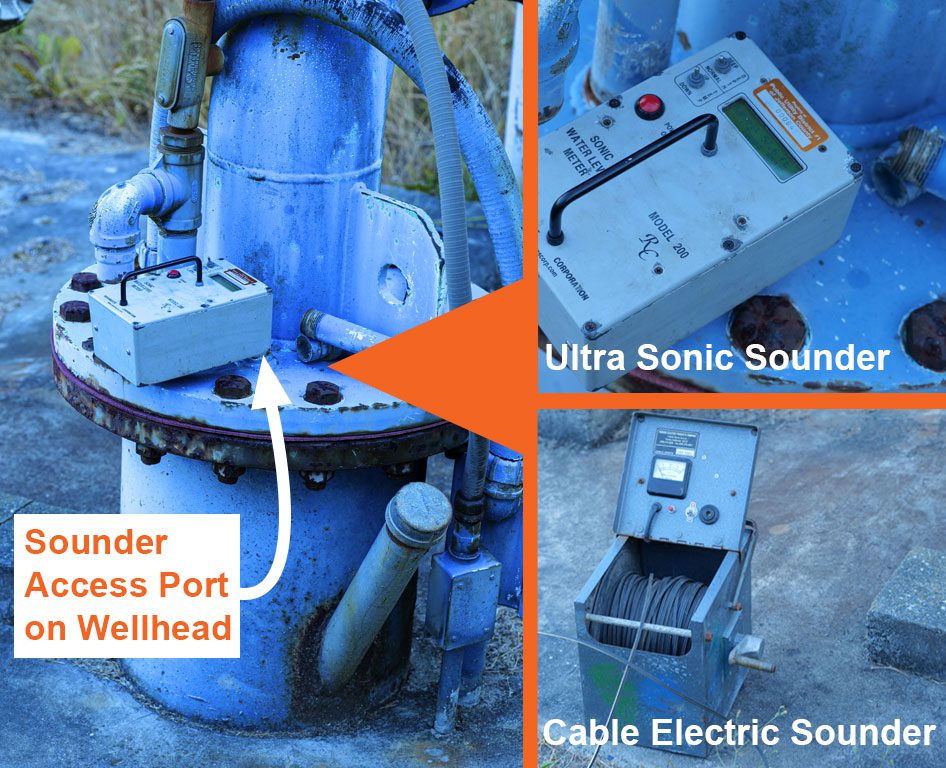How Dry are We?
Long time Jefferson County residents may gaze upon the Olympic Mountains now and think, “That snowpack looks low for this time of year”. They would be correct.
While PUD water customers are not dependent upon snowmelt, the lowland rains that recharge our aquifers each year are a PUD concern–and often are a reflection of that snowpack. The US Department of Agriculture (USDA), which broadly monitors precipitation nationally to the county level, affirms that we are indeed coming up short on the precipitation gauge.
The USDA ranks the 2025 calendar year (through May) as the county’s 12th driest in 131 years of records.

The USDA drought monitor map currently shows eastern Jefferson County lowlands with “Moderate” drought conditions and most of the peninsula west of us as “Abnormally Dry”. For the Dungeness and Elwha River watersheds to the west, the Washington state Department of Ecology issued a “drought emergency declaration”, meaning that water supply is below 75% of normal (when averaged of last 30 year period) and water shortage will likely create undue hardship for water users or the environment.
It’s important to note that the USDA and Dept of Ecology interpretations of drought conditions frequently don’t match one-to-one, but their reasoning is irrefutable: there is significantly less water available than normal for regional watersheds, and water that is available should be conserved.
Water in East Jefferson
The US Geologic Survey has two gauge stations in East Jefferson County. One is located on the Big Quilcene River and the other on the Duckbash River. Both rivers are now flowing at levels less than 25th percent for flows at the same time in the past. For reference, the Elwha and Dungeness Rivers are also flowing at levels less than 25th percent and are within the state’s current drought emergency declaration.
A drought declarations doesn’t always tell the full story. The declaration itself weighs heavy on snowpack and surface water, but less on groundwater, which is most of east Jeffersons water source.

PUD water system operators routinely measure water levels in our wells. In the last three years, annual water level trends in some of our wells have dropped due to below-average fall–spring precipitation. The PUD has a tiered water shortage emergency plan with several levels designed to match the severity of the shortage and the situation. Recent history has shown peninsula water systems experiencing severe shortages, so the emergency plan is appropriate should the need arise.
We’re in the clear…for now
At this time (late-June 2025), even if our area receives a drought emergency declaration, none of our water systems warrant high level emergency shortage measures. Our region has endured far worse droughts in the past, but its important for our community to understand that heavy water usage not only puts the resource at risk, but also your neighbors who also depend upon it.
Please use water wisely so we all can all use our finite resource today and in the future.
Writeup courtesy of Jefferson PUD Resource Manager, Bill Graham.